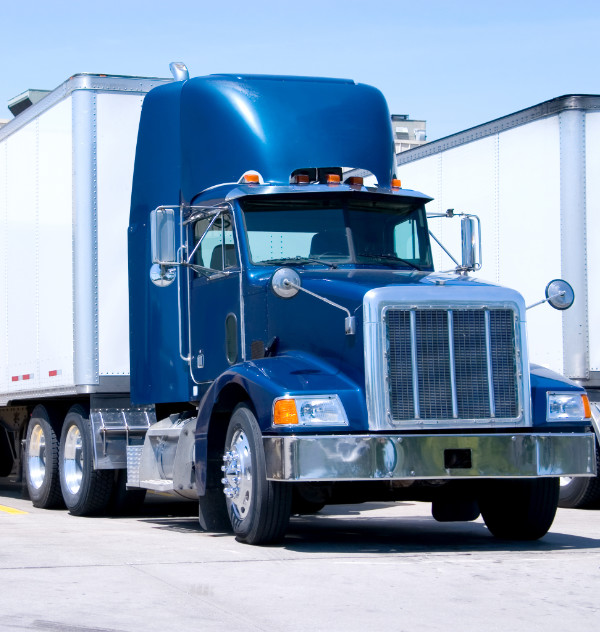1. Who did I have an accident with? Be sure to get complete information from the other party(ies) involved. This means copying down their address, driver’s license #, date of birth, and ask for their phone number. In addition, obtain their insurance information including, the company, policy #, agent if there is one, the policy begin and expiration date and their phone #. You need to make sure that you have as much info as possible to give your insurance company; this will help get your claim resolved as fast as possible.
2. Were there any witnesses? Was there anyone who saw the accident happen? You want to make sure that you get information from anyone who saw the accident. This will assist the insurance companies to determine who is liable for the accident.
3. Were the police called? If the police called or showed up, make sure to get the name and badge # of the officer and a report number. It may take your insurance company up to 3 months to get a police report, so be sure you take the information but don’t rely on the insurance company getting the information.
4. What kind of vehicle or vehicles were involved in this accident? You want to make sure that you get the vehicle year, make and model, the license plate #, and VIN number for each vehicle involved.
5. Where did this happen? Get the intersection or street that the accident happened on. Also, you want to make sure that you know how many lanes are on each side of the street, if the street or streets are 1 way or 2 way, the type of striping on the pavement within 100 feet each direction of the loss, i.e. is it a solid, double yellow line, a white line, etc. Also, you want to know where each vehicle impacted, what lane you and the other car were driving in just before the accident, the direction of travel for each vehicle, and if there were any signs posted that control traffic flow.
6. How many passengers were in each vehicle? Take note of how many people were in each of the vehicles involved. Once you know, make a brief note of their description or name including: ethnicity, gender, weight, height, etc. This will help if you are the victim of a staged accident or other type of insurance fraud since people sometimes mysteriously are reported as an occupant of the vehicle when they were not present. This is not common, but if it ever does happen, this will help you avoid being a victim.
7. What type of condition was the car in right after the accident? Was the vehicle drivable? Where is the damage? Is there any additional damage on the vehicle not related to the accident? If there is additional damage on the vehicle not related to this accident, be sure to tell your insurance company.
8. Where do I want to get my vehicle repaired? If you have a shop in mind, have that information with you. If you don’t, ask around, your friends might have a good recommendation. Otherwise, you can ask your insurance company if they have a repair program. If they do have one, be sure to ask about the program’s warranty, cost, and if there is a benefit to using it.
9. Write down all the information. Record all the information that you have gathered and keep it in a safe place. This is to assist you if there is a problem with the claim. When you report it, be sure to write down who you spoke with, your claim #, and what if any promises were made. This will make your life easier if someone says something and then it doesn’t happen.
10. Take pictures of the accident right after it occurred. Take a photo of your vehicle and the other vehicle(s) involved including all 4 corners. Also, if you can get the other party in the photo, that will help in the event that either insurance company needs help identifying the other party involved.
At Berrier Insurance, we want to be your source of advice during difficult times such as after an accident. We specialize in California truck insurance as well as contractors insurance. We take care of our clients like they are a part of our family.


Leave A Comment
You must be logged in to post a comment.